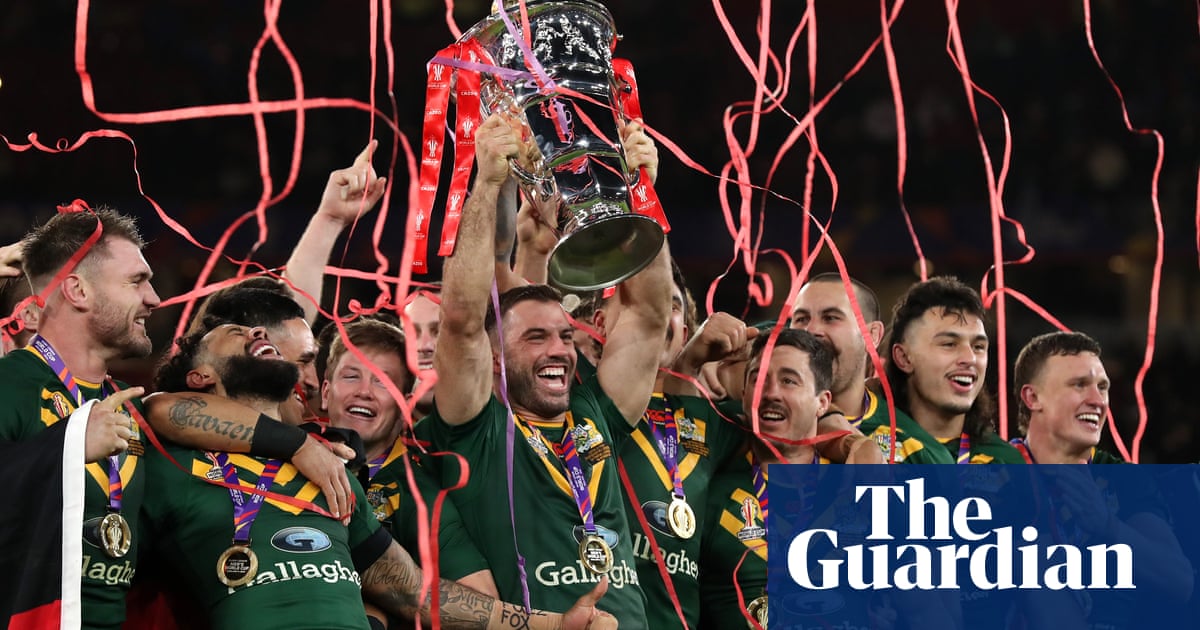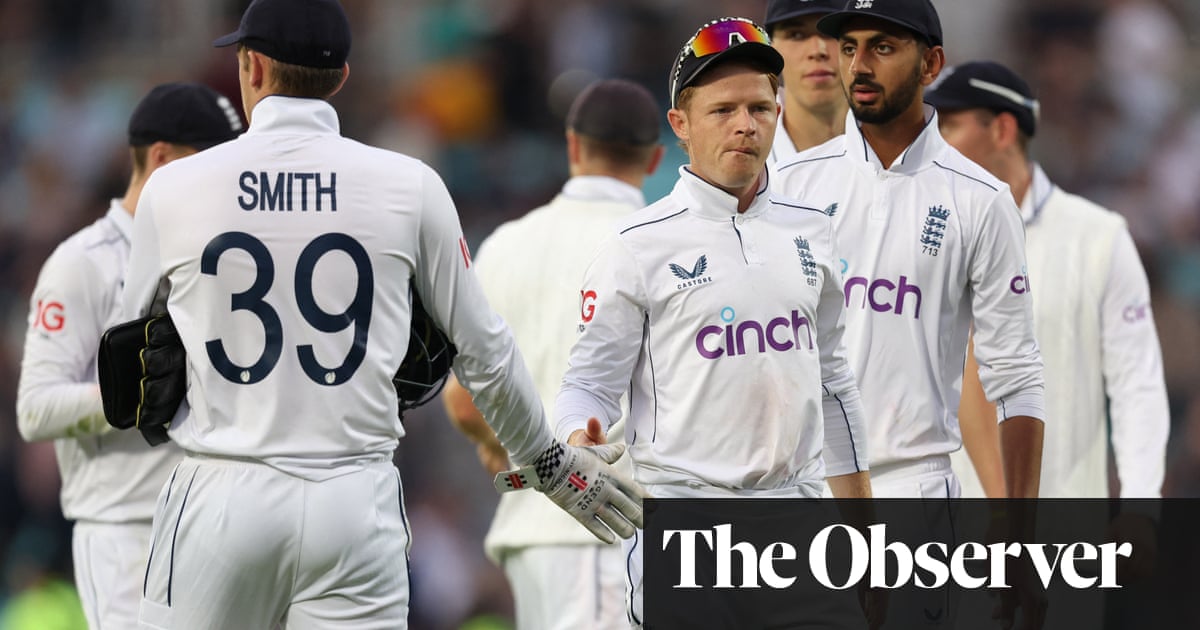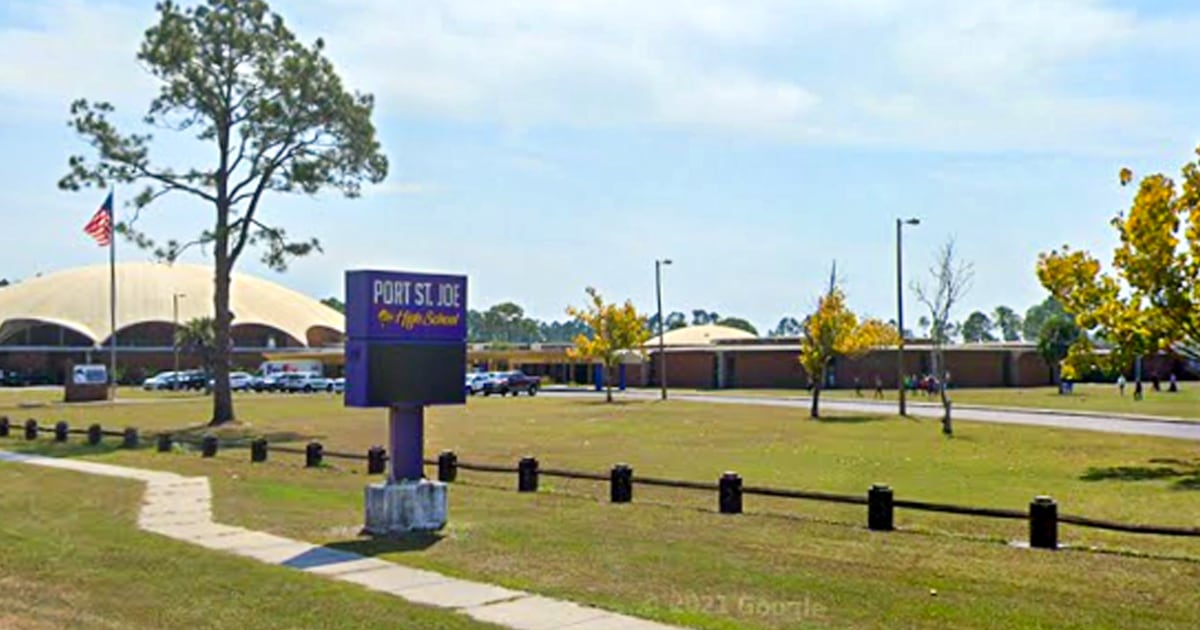The next Rugby League World Cup: two hosts, 26 teams and one year late

Why Australia – again?Expansionists have twice been denied the excitement of new hosts. Initially, the next World Cup was going to be held in the United States and Canada in 2025, before France took over as potential hosts. When that plan fell through, the tournament was pushed back to 2026, with New Zealand and Fiji suggested as hosts, only for it to be confirmed this week that the World Cup is going back to Australia (and Papua New Guinea) again.As the 2026 Commonwealth Games discovered, other than oil rich states, very few countries want to host international tournaments these days, especially if they might not break even. The IRL dismissed interest from the Middle East as the thought of matches in almost empty stadiums was a major turnoff, even before the awkward discussions about liberty and equality. The only other serious bid came from New Zealand, who last hosted a final in 1988, but the strength of the NRL meant Australia held sway.Why has it taken so long?Confirming the terms for hosting a World Cup – let alone three concurrent events (men’s, women’s and wheelchair) – is not simple. Negotiating who pays, how much they pay, for what and when (and what happens if they don’t cough up) – has been at the heart of the latest delay. The Australian Rugby League Commission has been leveraged by an Australian government applying soft power in Papua New Guinea: it seems something of a coincidence that Papua New Guinea have been granted World Cup co-hosting rights just as rumours are swirling that Perth will beat Papua New Guinea to the NRL’s 18th franchise.There has also been the issue of the IRL being owed money by the organisers of the last World Cup – who in turn were owed money by finalists Samoa. All the while the IRL were trying to broker an England v Samoa series later this year. All that seems to have finally been settled.Where will the games be played?Lessons will be learned from the 2017 World Cup, which was spread across eight cities in Australia, four in New Zealand and Port Moresby in Papua New Guinea. Teams were forced to travel vast distances across time zones in the group stage before heading home exhausted. No one wants a repeat of that situation.Some venues will be different: we can expect games at the new stadiums in Sydney and Townsville, while the makeshift arenas in Cairns and Darwin are unlikely to be required this time. We have been told to expect double- and triple-headers, with men’s and women’s games played back to back. The wheelchair event will likely be centred around a couple of Australian cities.How will England prepare?If the RFL decides to revive Great Britain for next year’s Ashes tour, as is being discussed, England will go to the World Cup having not played in Australia since 2017. However, even if Shaun Wane is in charge of Great Britain for his World Cup dress rehearsal, he would still be able to take his top 20 or so players without damaging the Lions brand. By coincidence, three or four of his favourite players have represented other Home Nations: Toby King and Ben Currie for Ireland, Morgan Knowles for Wales.So Wane can take his top 20 and would only have to add a couple of high-class outsiders. St Helens loose forward James Bell, the Kiwi-born Scotland star, should be a shoo-in on current form, while the only other non-English qualified player could be Gold Coast Titans and Ireland prop Jaimin Jolliffe, whose family are from Newtownards in Northern Ireland. Without damaging England’s preparations for the World Cup, it would still be the best eligible Great Britain squad available, something beyond Wayne Bennett in 2019.View image in fullscreen England players celebrate after scoring a try against Samoa in 2022. Photograph: Oli Scarff/AFP/Getty ImagesWhich teams will be there?There will be 10 teams in the men’s event. The quarter-finalists from the last World Cup – Australia, Samoa, New Zealand, England, Lebanon, Tonga, Fiji and Papua New Guinea – have already qualified, with two more spots up for grabs.The days when it was possible for any country with a handful of professional players to qualify for a World Cup are over. Thanks to woeful performances from the northern hemisphere teams at the last two tournaments, England could be the only European team in the men’s event in 2026.With only IRL full members now eligible, France are expected to walk the European qualifiers – unless Serbia draft in their numerous NRL stars, including the Trbojevic brothers. Wales need their perennially absent Super League players to turn up to have any chance. They face Serbia in Carcassonne on 22 October while France host Ukraine with the two winners meeting in Perpignan on 26 October. The victors of that play off against Jamaica, South Africa and Cook Islands in the World Series next year. The top two will qualify for the World Cup.What will the men’s format be?It’s yet to be announced. However, times have changed since the only other 10-team World Cup in 2008, when an awkward “super group” and dead-rubber place games left many unsatisfied. Splitting the 10 teams into two groups of five, with the top two making the semi-finals, would guarantee far more clashes between the four Pacific heavyweights, with at least three of Australia, Tonga, Samoa and New Zealand in the same group. That would ensure up to seven packed houses and huge TV audiences. The two qualifiers would face four tough games but commercial decisions rule in rugby league.Whatever the format, to win it England will almost certainly have to beat Australia and New Zealand. Having lost their last 10 World Cup matches against that pair, dating back to the 1995 opener, don’t hold your breath.And the women’s and wheelchair events?There will be a bigger European presence in these tournaments. For the first time, there will be a qualifying stage for the eight-team women’s tournament. France and Wales have sealed their places, and Ireland could still join them. There will also be eight teams in the wheelchair event, with the four semi-finalists from the last World Cup already qualified. Scotland and Ireland are expected to be in the qualifying competition.View image in fullscreen Australia beat New Zealand in the women’s final in 2022. Photograph: Jan Kruger/Getty Images for RLWCWhat will be different about 2026?The men’s event will reflect a new trend for shorter tournaments that feature the world’s biggest stars wearing, to paraphrase Jerry Seinfeld, unusual laundry. Sporting brands do not have to be built over a dozen major matches each year. International football, cricket and rugby union only do that because it makes money. State of Origin proves that as few as three high-profile events a year can suffice. The World Cup will be more like the Big Bash, IPL or Hundred than the egalitarian 16-team tournament we saw in England in 2017.The seven teams from the southern hemisphere will not have the chance to build a presence through the year with mid-season internationals. Instead, they will suddenly emerge after the NRL finals and will need to make an instant impact in a six-week showcase for the sport.The decision to contract to 10 teams shows that IRL has recognised it cannot pretend to be a globally relevant behemoth, like the Fifa World Cup or World Rugby Cup. Instead, the organisers are hoping the tournament will showcase a boiled-down, rich jus of talent. Rugby league’s World Cup has to piggyback its biggest brand: the NRL. The 2026 edition will be an extended version of the end-of-season Pacific Cup jamboree, where the NRL’s stars are divided up into national teams and don different kits to represent their heritage at a sporting and cultural carnival. Bring it on.Follow No Helmets Required on X and Facebook












